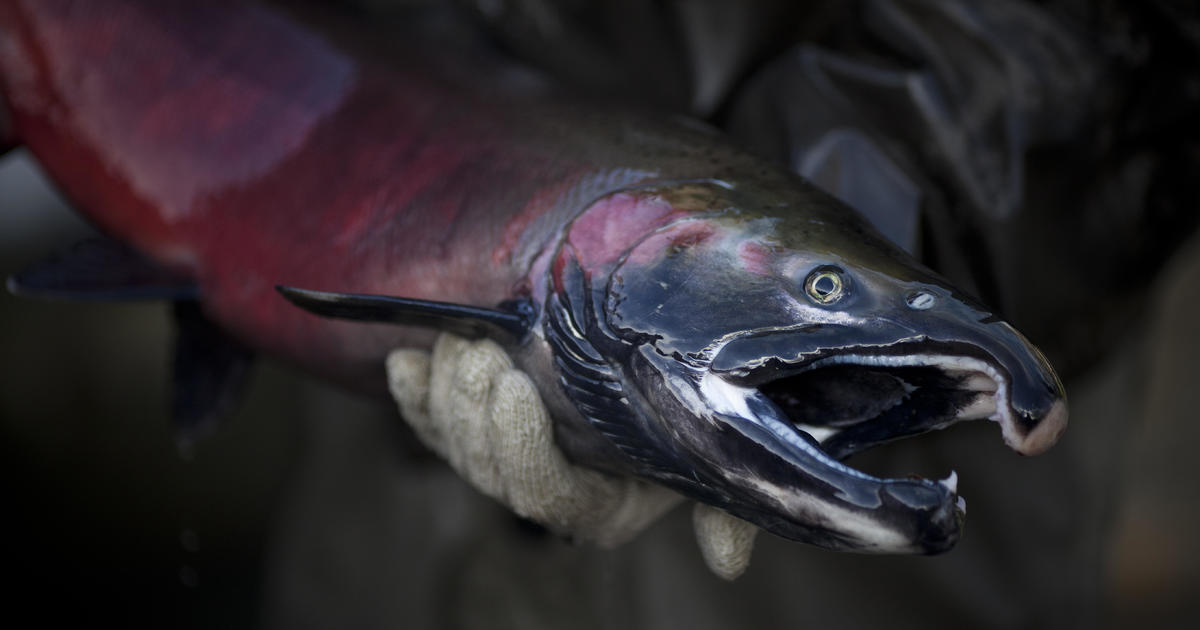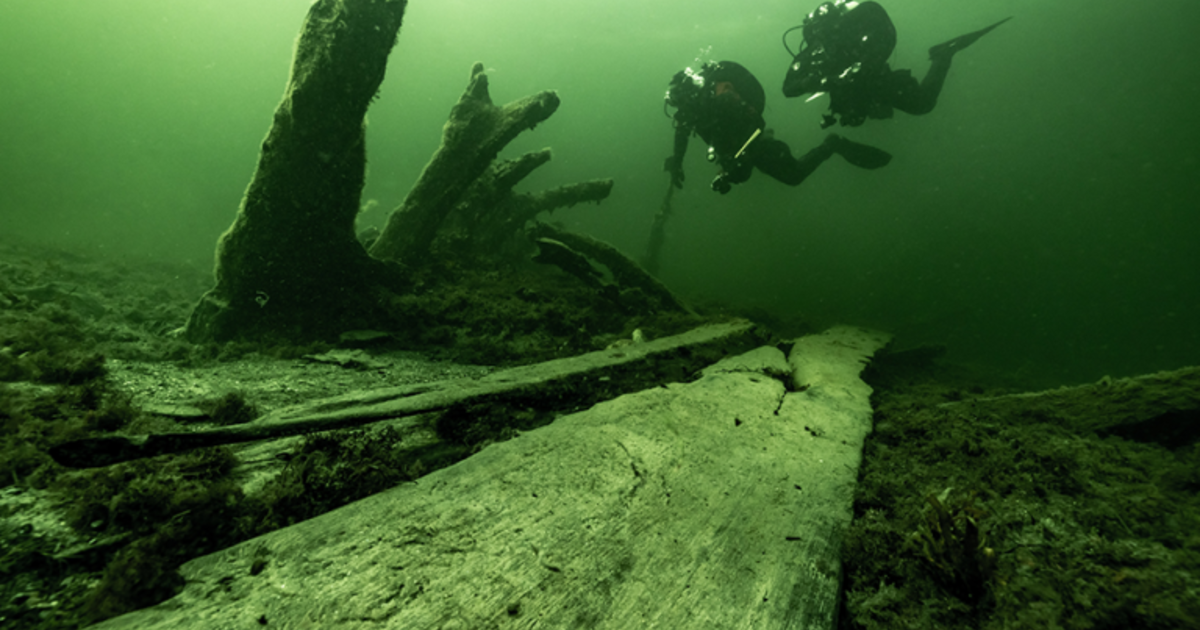Your fancy sea salt may include a dose of microplastics
More than 90 percent of salts sold across the world contain microplastics, with the highest levels found in sea salt, a new environmental study found.
The study analyzed 39 salt brands from 21 countries, including the U.S. and China, Greenpeace said, citing a study published in the peer-reviewed Environmental Science & Technology scientific journal. Microplastics are tiny pieces of plastic smaller than 5 millimeters that are formed when bigger items such as plastic cups break down.
The findings may highlight consumer concerns that staples of the table include an unwanted dose of plastic. Earlier this year, researchers found that 90 percent of some of the most popular bottled water brands contain microplastics. Consumers may be ingesting about 2,000 bits of microplastics each year through salt, Greenpeace said.
"The findings suggest that human ingestion of microplastics via marine products is strongly related to plastic emissions in a given region," Professor Seung-Kyu Kim, an author of the study in the science journal, said in a statement. "In order to limit our exposure to microplastics, preventative measures are required, such as controlling the environmental discharge of mismanaged plastics and more importantly, reducing plastic waste."
Microplastics have also been found in tap water, seafood and wildlife, Greenpeace noted. The environmental activist organization said it was the first study of this scale to examine the spread of microplastics contamination in salt on a global scale.
Sea salt, which is produced by evaporation of seawater, had the highest level of plastic contamination, followed by lake salt and then rock salt minded from underground salt deposits, Greenpeace said.
The study by the environmental scientists did not name specific brands, but just three sources of salt in their study did not include any microplastics: refined sea salt from Taiwan, refined rock salt from China and unrefined sea salt produced by solar evaporation in France.
"It's clear that there is no escape from this plastics crisis, especially as it continues to leak into our waterways and oceans," said Mikyoung Kim, campaigner at Greenpeace East Asia.
Fish and other marine animals ingest microplastics, sometimes through the food chain, according to a study published by the National Institutes of Health earlier this year. Trash like milk jugs, drinking straws and plastic utensils end up in oceans and other waterways, breaking down into microplastics through forces such as waves, weather and sunlight.
More than 800 animal species were contaminated with plastic, an increase of almost 70 percent since the 1970s, according to a United Nations report. https://www.cbd.int/doc/publications/cbd-ts-83-en.pdf
The impact of microplastic consumption on human health is "unknown," although it could cause harm through "physical and chemical pathways," the National Institutes of Health said earlier this year.



